KII-NAGASHIMA FISHING TOWN PILGRIMAGE WALK/RELAXING WALK THROUGH FISHING VILLAGE - Soak Up the Atmosphere and Step Back in Time with Local Guides

The Kii-Nagashima district of Kihoku Town is a small Showa-era fishing village that is full of historical points of interest. Visitors can try many kinds of seafood caught by local fisherman, learn about the legend of Kappa and see a 1,000-year-old camphor tree next to Nagashima Shrine on the mountainside. On the Kii-Nagashima Fishing Town Pilgrimage Walk/Relaxing Walk Through Fishing Village, local guides will join you on an informative tour as you experience the history of this living museum. The 2.5-hour tour is available year-round and it usually starts at 2:00 PM (start time is flexible). The cost is only ¥1,500 per person, and that includes an English tour guide, a sampling of local fish and a shadow theatre performance.
About the Author:
Trying new experiences and meeting people is what drives my passion for traveling. In Japan, there is always something new to try and the friendly nature of Japanese people ensures that these opportunities will be fun and educational. The best experiences are always those that combine food, nature and culture into a day to remember.
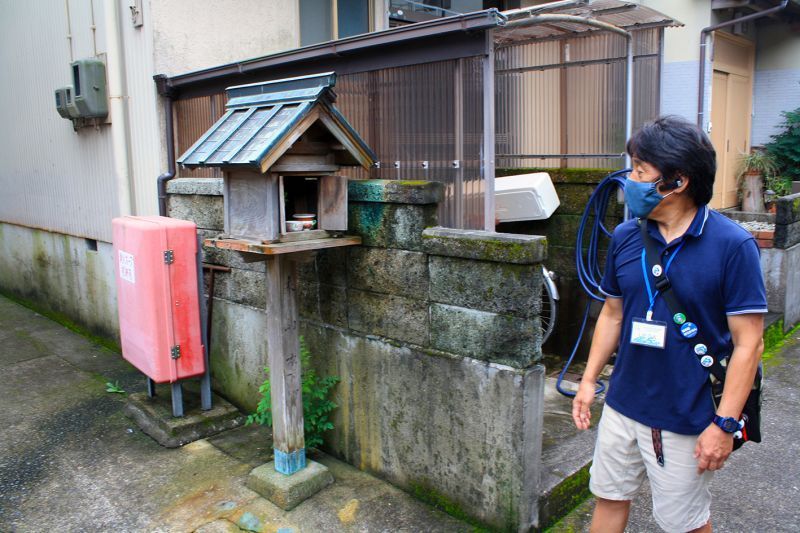
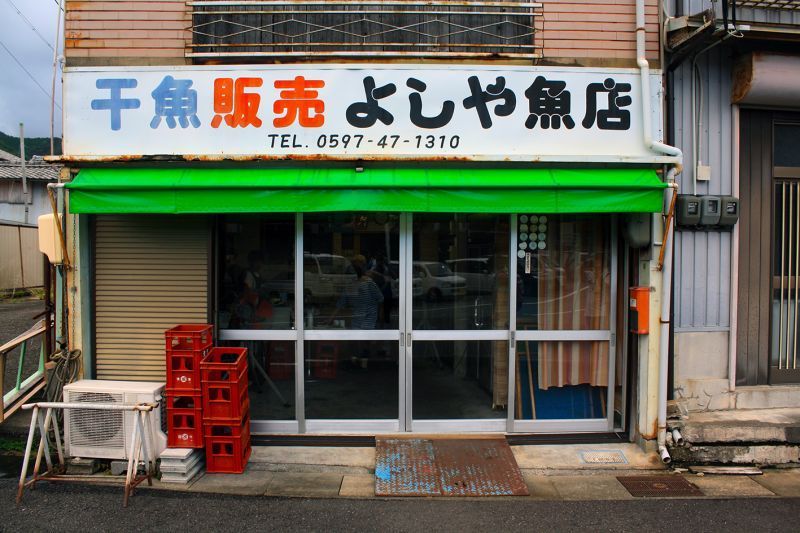
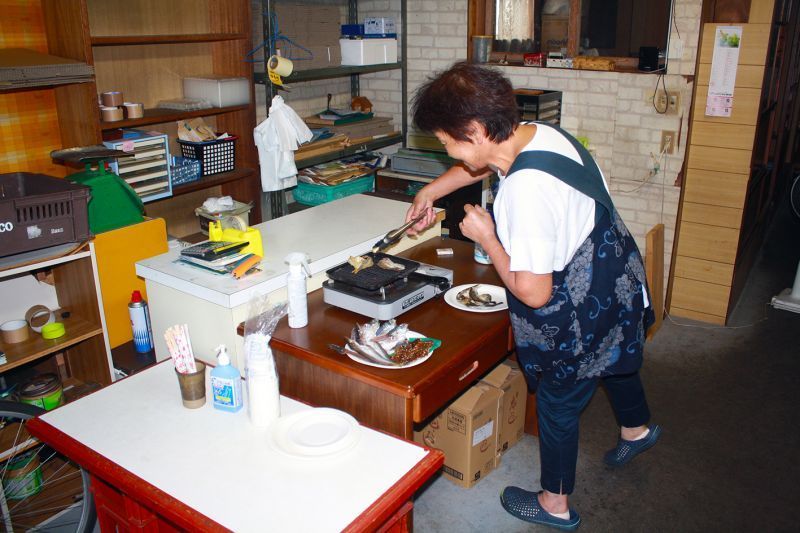
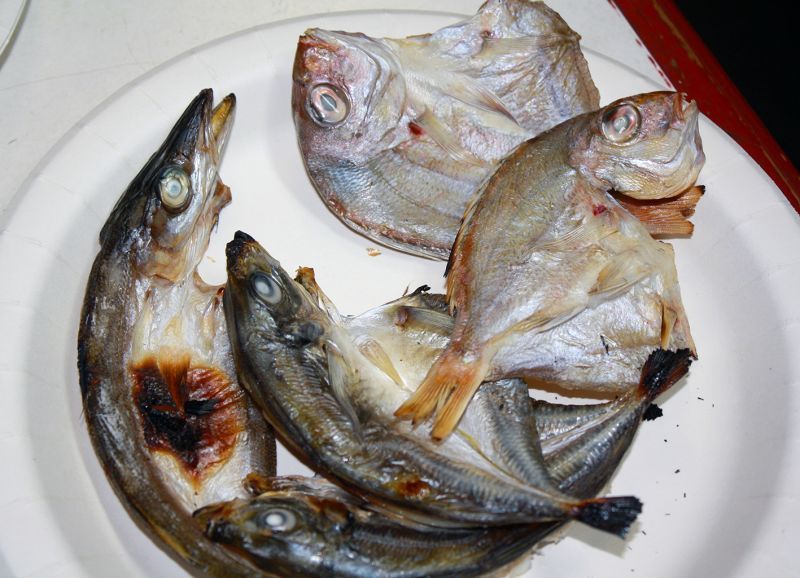
Caption: The barracuda and tai (sea bream) were super fresh and delicious.
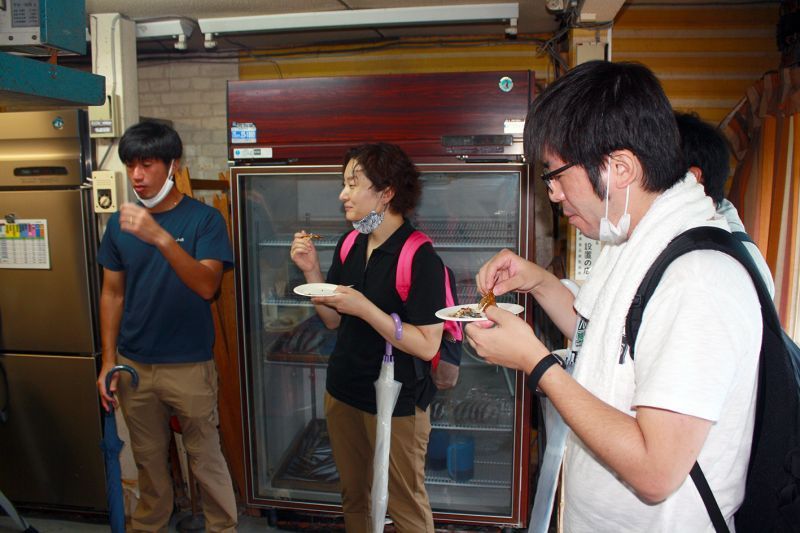
Caption: Some of the local tour guides enjoying the samples of fresh fish.
We had our fill of the fresh seafood and it was a great atmosphere in the fishmonger’s small shop. The ladies who prepared our food were lovely hosts to our group and glad that we had enjoyed the food that they made for us. We were ready to start walking after getting our healthy helping of protein.
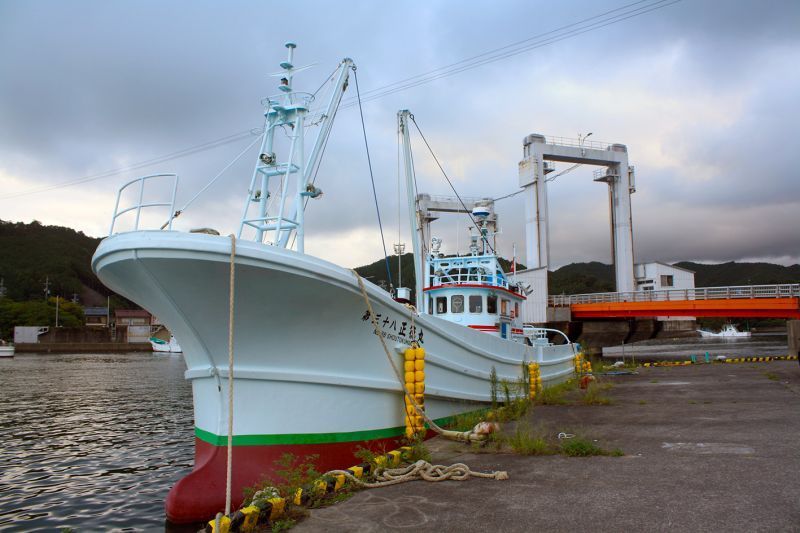
Caption: A beautiful boat with the Enoura Bridge in the background.
After leaving the fish shop, we made our way along the water toward the Enoura Bridge. There were numerous fishing boats docked in the bay and I was intrigued by the design of the bridge. Ueda-san explained that it was a unique drawbridge design with a center section that could be raised and lowered straight up-and-down.
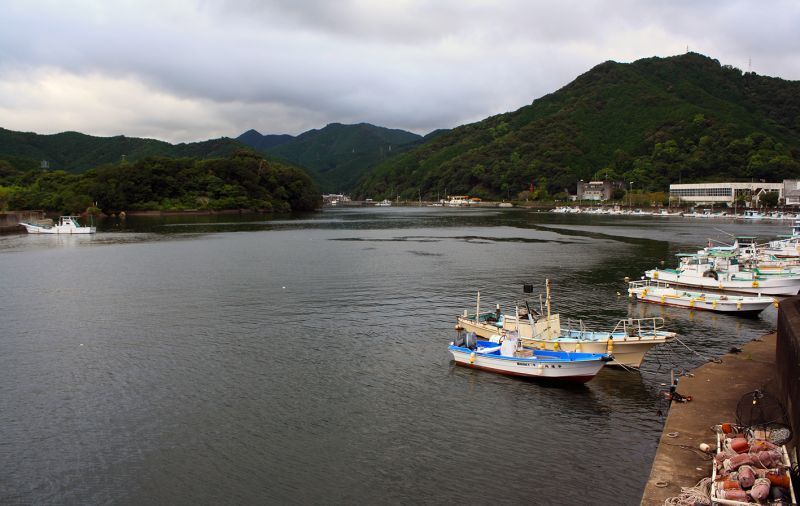
Caption: The views of Enoura Bay were stunning.
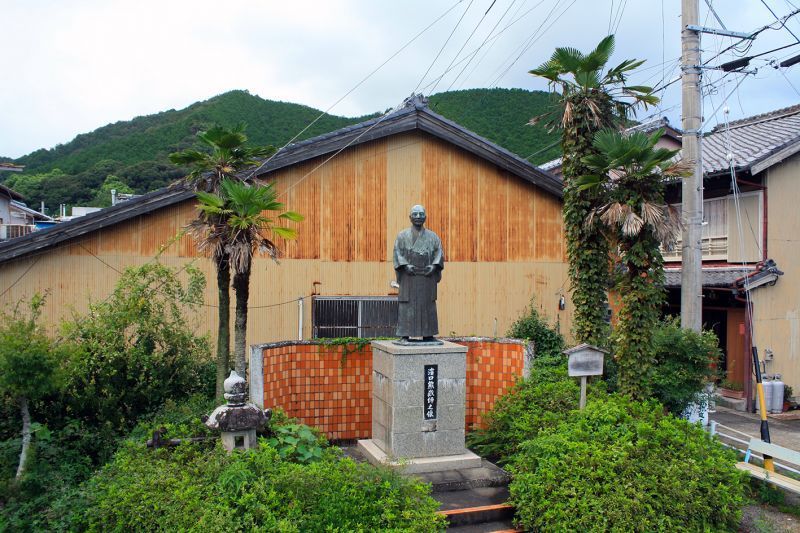
Caption: A bronze statue of Yugaku Hamaguchi.
Just before our walking tour moved into the streets of Uomachi, we came upon a statue of a very important looking person. It was a bronze statue of Yugaku Hamaguchi, a renowned faith healer from the area who claimed to be able to provide protection from evil spirits and cure diseases by moving his hands through the air.
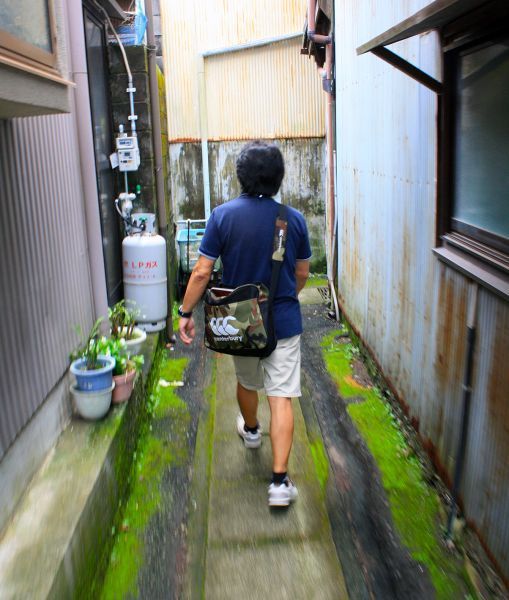
Caption: Ueda-san led us down the narrow streets and paths of Uomachi.
The next part of the tour was through the narrow streets and walkways (“airo” in Japanese) that traverse the village. Kihoku Town has many historical homes and buildings and most of them were constructed with no gaps between them. This style of construction was used to reduce damage to the buildings in the event of an earthquake.
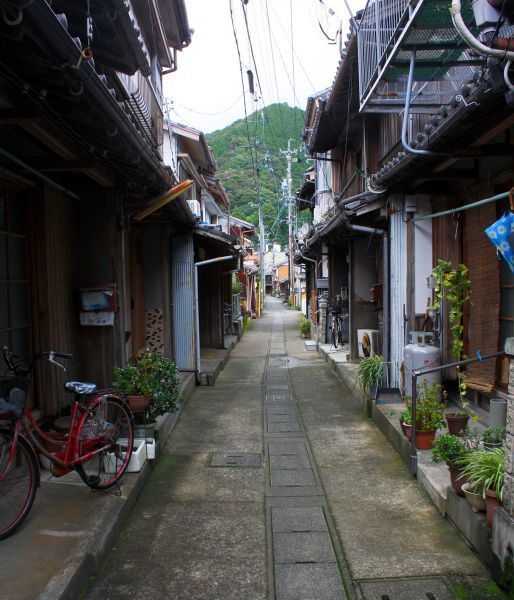
Caption: The narrow pathways between the homes have a very historical feel to them.
As we walked through the village, the ancient streets were densely packed with traditional homes. My guides did a wonderful job of leading me on a relaxing journey back in time. The pace and vibe of the tour was mellow and comfortable as I soaked in the atmosphere of Uomachi.
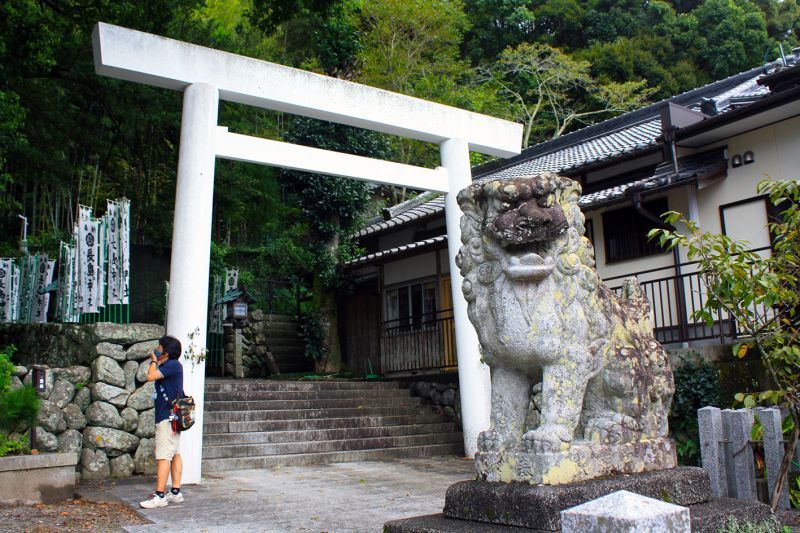
Caption: The torii gate at the entrance to Nagashima Shrine.